The 25th Single Molecule Workshop brought together renowned researchers with young scientists in Berlin to discuss and exchange latest results in the field.
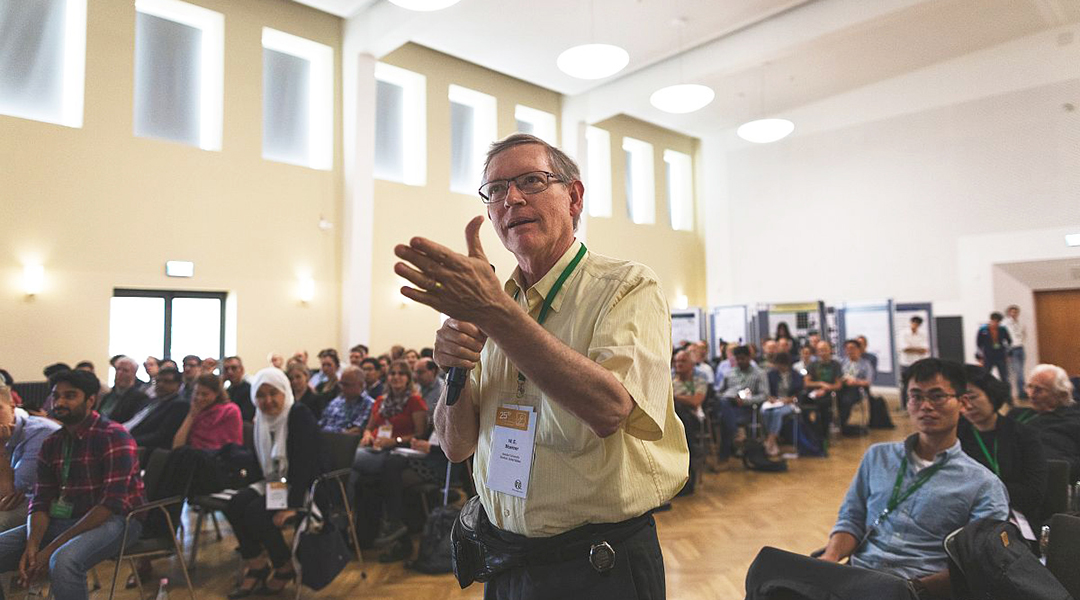

The 25th Single Molecule Workshop brought together renowned researchers with young scientists in Berlin to discuss and exchange latest results in the field.
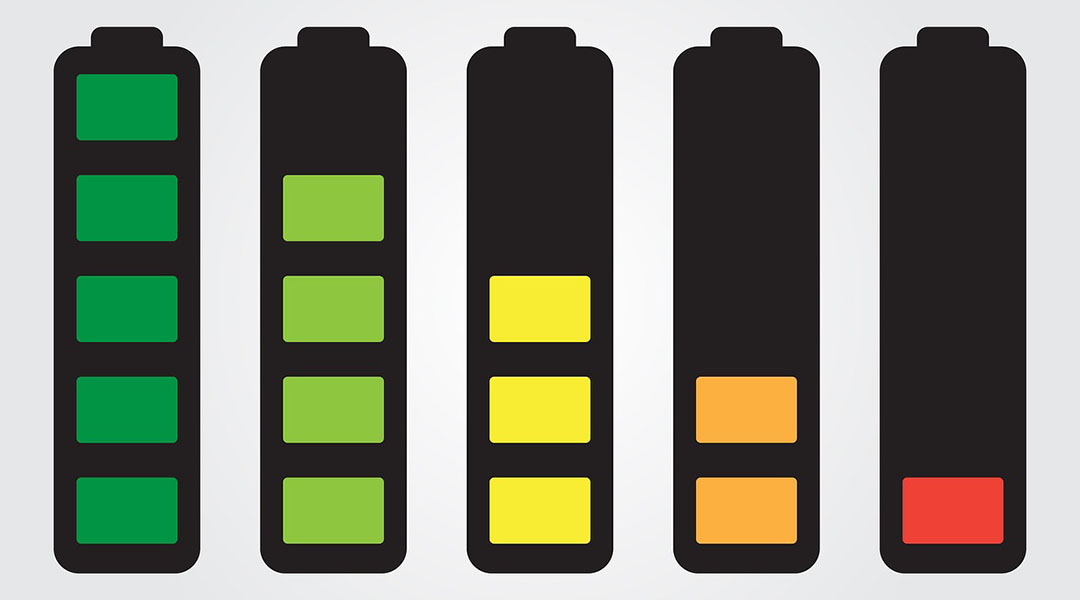
Jonathan Coleman of TCD elucidates the trade-off between rate performance and capacity in battery electrodes, and explains how to optimise it.
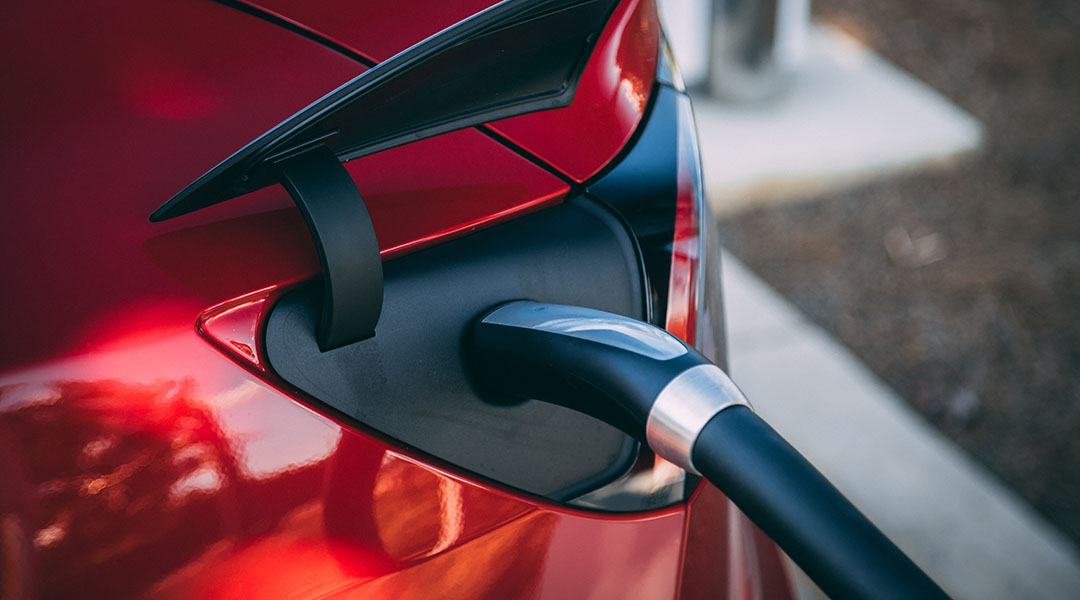
A research team has invented a new coating that could finally make safe and long lasting lightweight lithium metal batteries.
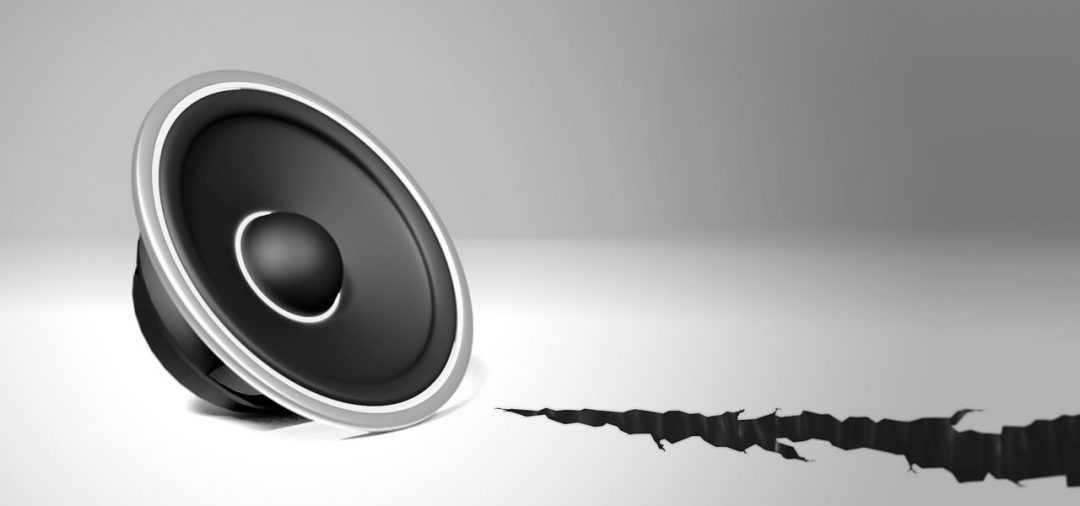
Researchers from Chemnitz University of Technology have printed flexible and lightweight polymer speakers.
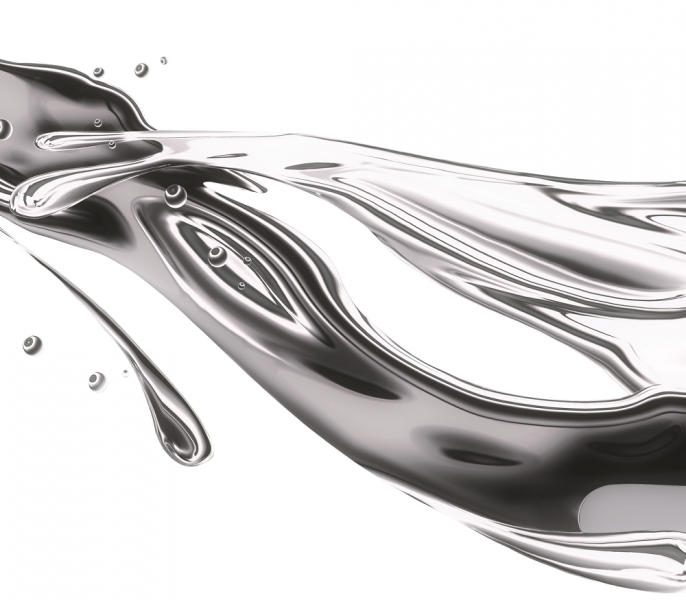
Is the T-1000 no longer science fiction?

An electric field tunable quasiparticle discovered in a common 2D material has great potential for application in optoelectronic devices.
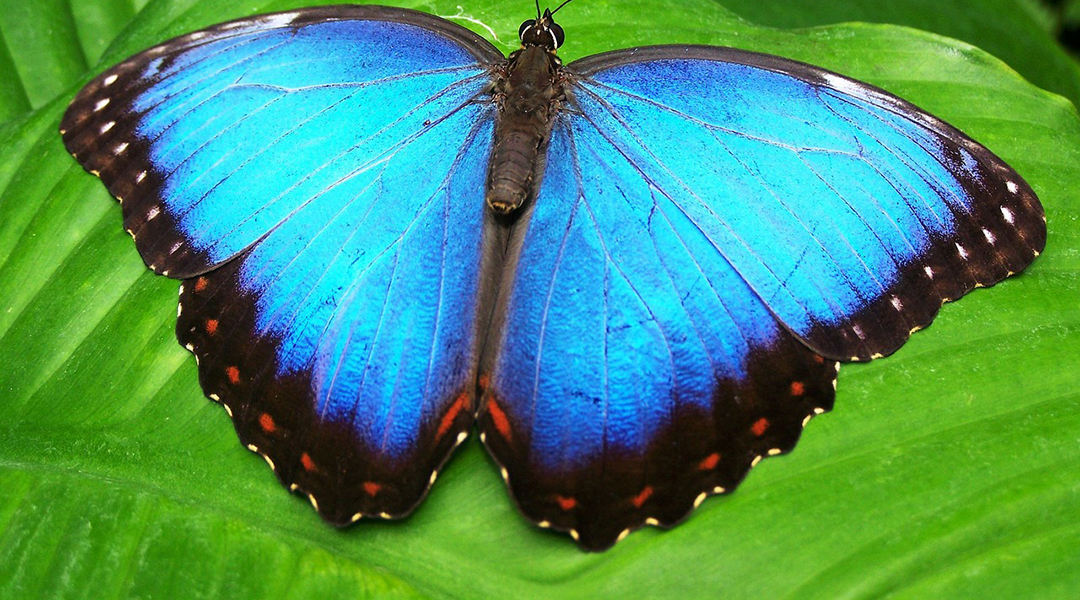
New hydrogels from magnetic photonic crystal units combine the advantages of structural colour and the flexibility needed for biological applications.

Jun Lu and Khalil Amine evaluate the current and upcoming lithium battery technologies for electronic vehicles, including component recyclability.
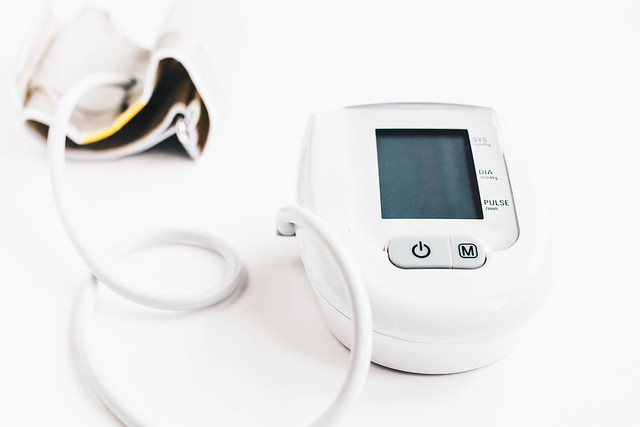
A new skin-mounted sensor uses the skin itself as a floating electrode, enabling low-power health monitoring and doubles as an electroluminescent display.

Today Advanced Science News celebrates the 45th birthday of Nobel Laureate Sir Konstantin Novoselov.